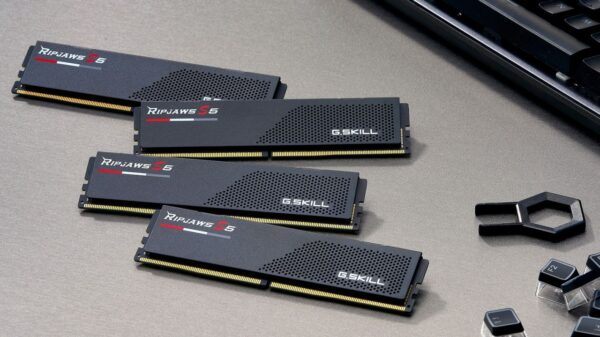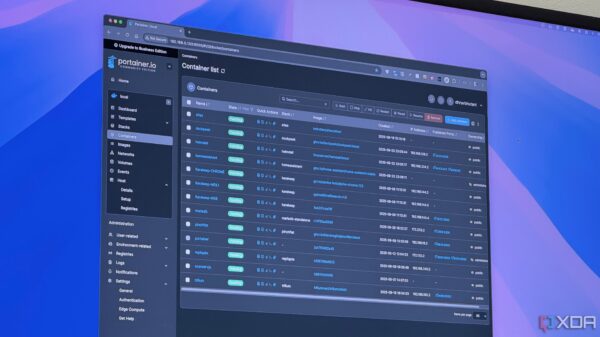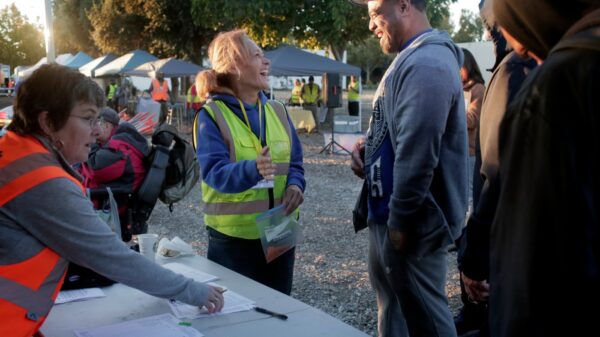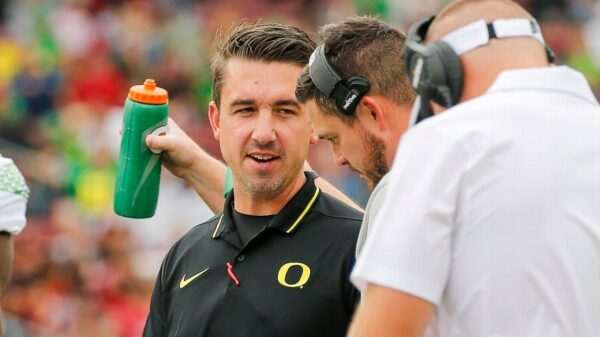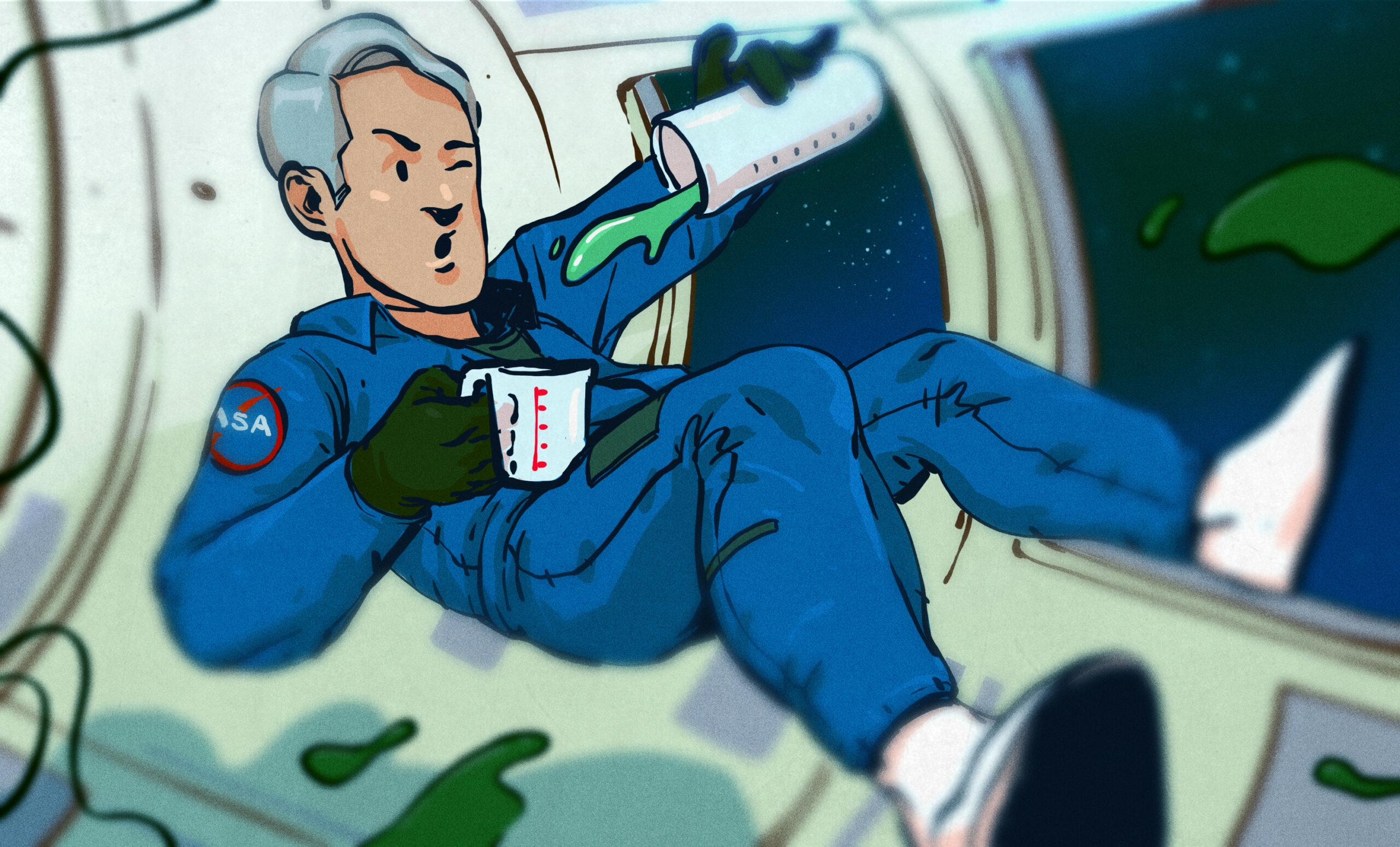NASA’s innovative approach to measuring liquid levels in space has captured the attention of engineers and space enthusiasts alike. Recently, a project called “pISSStream” utilized NASA’s public telemetry stream from the International Space Station (ISS) to display the current level of the urine tank on the station. This playful endeavor highlights the significant engineering challenges posed by measuring liquids in a microgravity environment.
In space, conventional notions of “levels” do not apply, as fluids do not behave as they do on Earth. Instead of relying on gravity to determine liquid position, astronauts must consider factors like surface tension and capillary action. For instance, water released from a pouch forms a floating sphere due to surface tension, demonstrating how fluids behave without the influence of gravity. NASA has previously employed cameras in fuel tanks during the Apollo missions to observe fluid dynamics in free-fall conditions, a practice that continues with modern space missions.
Understanding how to manage liquid propellants is crucial for the success of space missions. In many cases, rockets utilize ullage motors to create a small amount of acceleration, ensuring propellants settle at the tank’s bottom. This technique proved essential during the Apollo missions, where ullage motors helped consolidate the fuel and oxidizer, allowing for accurate measurements of remaining liquid levels.
Innovative Measurement Techniques in Microgravity
Measuring liquid levels in space requires advanced techniques since traditional gauging methods are ineffective. NASA’s approach often involves what is known as the bookkeeping or flow accounting method. This method infers the volume of remaining propellants by monitoring flow rates in lines connecting to engines, rather than directly measuring liquid levels. For example, during operations on the ISS, the urine tank level is estimated by tracking the number of flushes and measuring the outflow to the Urine Processing Assembly (UPA).
Historically, the Propellant Utilization Gauging Subsystem (PUGS) was used during the Apollo missions to monitor fuel levels. PUGS relied on capacitive probes that measured the dielectric properties of the fuel within the tanks. However, this method had limitations due to sloshing, which led to inaccurate readings at critical moments, such as during the Apollo 11 landing.
For modern spacecraft, engineers have developed alternative methods to estimate liquid volumes without the need for ullage burns. The pressure-volume-temperature (PVT) method provides estimations based on pressure and temperature readings inside the tank. While effective, the accuracy of this method diminishes as pressure decreases over time.
Emerging Technologies for Future Missions
Recent advancements in liquid measurement technology include Electrical Capacitance Volume Tomography (ECVT) and Radio Frequency Mass Gauging (RFMG). ECVT uses arrays of electrodes to create a detailed map of liquid distribution within a tank. This method is particularly useful for tanks containing liquid in floating blobs, allowing for precise volume calculations by assessing capacitance variations between electrodes.
RFMG, tested on the ISS and later used in lunar missions, employs radio frequency signals to analyze the liquid inside tanks. This method can accurately determine liquid levels by measuring the reflections of the RF signals. The potential for RFMG in deep-space missions is significant, as it provides a non-invasive means to monitor liquid levels, crucial for mission success.
As space exploration continues to evolve, NASA’s innovative approaches to measuring liquids in microgravity will play a vital role in ensuring the safety and efficiency of future missions. Understanding these techniques not only reflects the ingenuity of engineers but also underscores the complexities of operating in a weightless environment.




